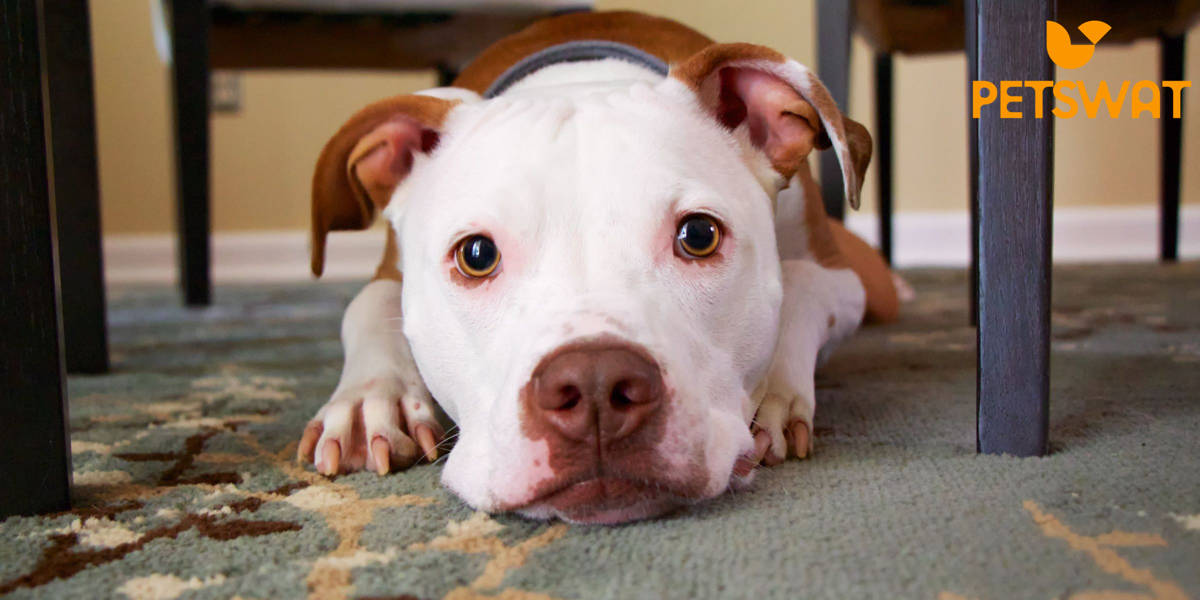Crate training can be a valuable tool for dogs of all ages, and for older dogs with separation anxiety, it can offer a sense of security and comfort. If you’ve welcomed an older dog into your home and they struggle with being alone, crate training can become a positive step towards addressing their anxiety and providing them with a safe space. In this comprehensive guide, we’ll delve into the process of how to crate train an older dog with separation anxiety.
From understanding the challenges of separation anxiety to implementing gradual training techniques, you’ll be equipped to create a haven of calm for your furry companion. Let’s embark on a journey of fostering comfort and alleviating stress for your older dog! 🐾❤️
TL;DR: Crate training can provide comfort and security to older dogs with separation anxiety. This guide covers understanding separation anxiety, gradual training techniques, and fostering a positive association with the crate.
Adopting or bringing home an older dog is a heartwarming decision, but it comes with unique challenges, especially if your new furry friend experiences separation anxiety. Separation anxiety in older dogs can manifest as stress, destructive behaviors, and excessive vocalization when left alone. Crate training, when done with patience and positive techniques, can help soothe their anxiety and provide them with a secure retreat.
Understanding Separation Anxiety in Older Dogs
- Identifying Separation Anxiety:
- Signs and Symptoms: Recognize signs like excessive barking, destructive behaviors, pacing, and inappropriate elimination when left alone.
- Age-Related Anxiety: Older dogs may develop separation anxiety due to changes in routine or previous life experiences.
- The Role of Crate Training:
- Safe Haven: A crate can serve as a den where your dog feels secure, mirroring their natural denning instincts.
- Positive Association: Proper crate training can create a positive environment that eases anxiety.
Preparing for Crate Training
- Choosing the Right Crate:
- Size Matters: Select a crate that’s large enough for your dog to stand, turn around, and lie down comfortably.
- Cozy and Inviting: Make the crate cozy with bedding, toys, and treats to encourage your dog’s willingness to enter.
- Introducing the Crate:
- Gradual Approach: Start by leaving the crate door open and allowing your dog to explore it at their own pace.
- Positive Reinforcement: Use treats and praise when your dog voluntarily enters the crate.
Gradual Crate Training Techniques
- Step-by-Step Acclimation:
- Mealtime in the Crate: Place your dog’s meals inside the crate to create positive associations.
- Closing the Door: Gradually close the crate door while your dog eats, opening it once they’re done.
- Increasing Duration:
- Progressive Increase: Gradually extend the time your dog spends in the crate while you’re present in the room.
- Slowly Move Away: Begin moving away from the crate for short periods while your dog remains inside.
- Practicing Alone Time:
- Stay Calm: Avoid making a fuss when leaving or returning. Keep departures and arrivals low-key.
- Gradual Alone Time: Start with brief absences and gradually increase the duration as your dog becomes more comfortable.
Creating a Positive Crate Experience
- Interactive Crate Activities:
- Interactive Toys: Provide toys that dispense treats or engage your dog’s mind, making the crate an enjoyable place.
- Kong Treats: Fill a Kong toy with treats or peanut butter to keep your dog occupied.
- Crate as a Safe Zone:
- Open-Door Policy: Keep the crate accessible with the door open during non-training hours, allowing your dog to enter at will.
- Positive Associations: Associate the crate with relaxation and positive experiences.
- Consistency and Routine:
- Scheduled Training: Maintain a consistent schedule for crate training sessions to establish a routine.
- Routine Departures: Practice brief departures to prevent associating the crate solely with extended absences.
Conclusion on how to crate train an older dog with separation anxiety
Tips From Experienced: Patience, positive reinforcement, and a gradual approach are crucial in crate training an older dog with separation anxiety. Focus on creating a sense of security and calm within the crate.
FAQs
Q1: Can crate training help an older dog with severe separation anxiety?
A: Crate training can be beneficial, but severe cases of separation anxiety may require additional interventions such as behavior modification and professional guidance.
Q2: What if my dog refuses to enter the crate?
A: Go at your dog’s pace. Make the crate inviting with treats and toys, and avoid forcing them inside.
Q3: How long does it take for an older dog to become comfortable with the crate?
A: The timeline varies. Some dogs may adapt quickly, while others may take several weeks. Be patient and adjust the training pace as needed.
Q4: Can I crate train my older dog if they’ve had negative crate experiences before?
A: Yes, but proceed with patience. Focus on creating positive associations, and consider using a different crate style if previous experiences were negative.
Q5: Can I use the crate as a punishment for unwanted behaviors?
A: No, the crate should always be associated with positive experiences. Using it as punishment can lead to negative associations and worsen anxiety.
Summary
Crate training an older dog with separation anxiety is a journey of compassion and understanding. By gradually introducing the crate, using positive reinforcement techniques, and creating a welcoming environment, you’ll empower your dog to find comfort and security within their special retreat.
Fun Fact: The notion of using crates for dogs traces back to their ancestors, wolves, who sought shelter in dens for safety and relaxation. Crate training taps into this instinctual behavior, offering dogs a modern-day den of their own.
Originally posted 2023-08-12 10:24:23.
Johny is a dedicated pet enthusiast, author, and the driving force behind the insightful content at PetSWAT. With a deep passion for animals and a wealth of knowledge acquired through years of experience, Johny brings a unique perspective to the world of pet care and companionship.


